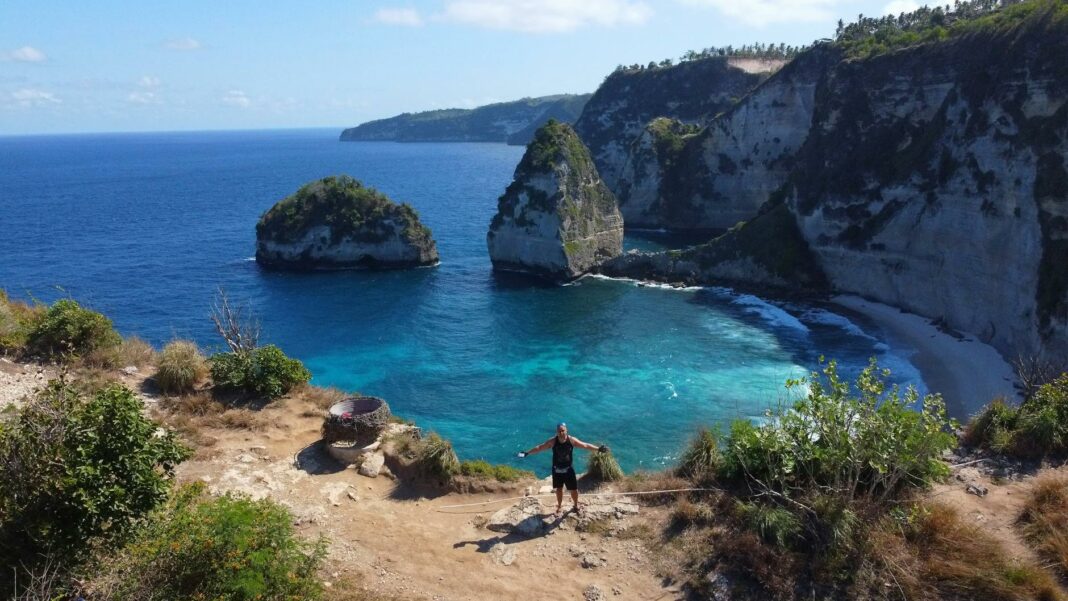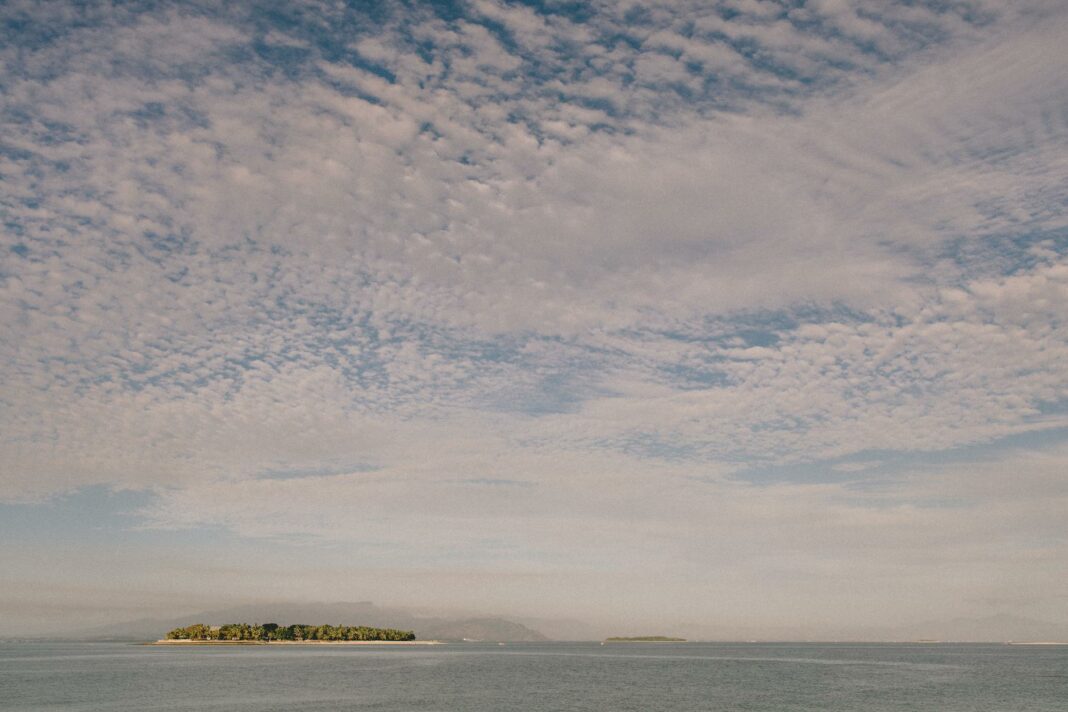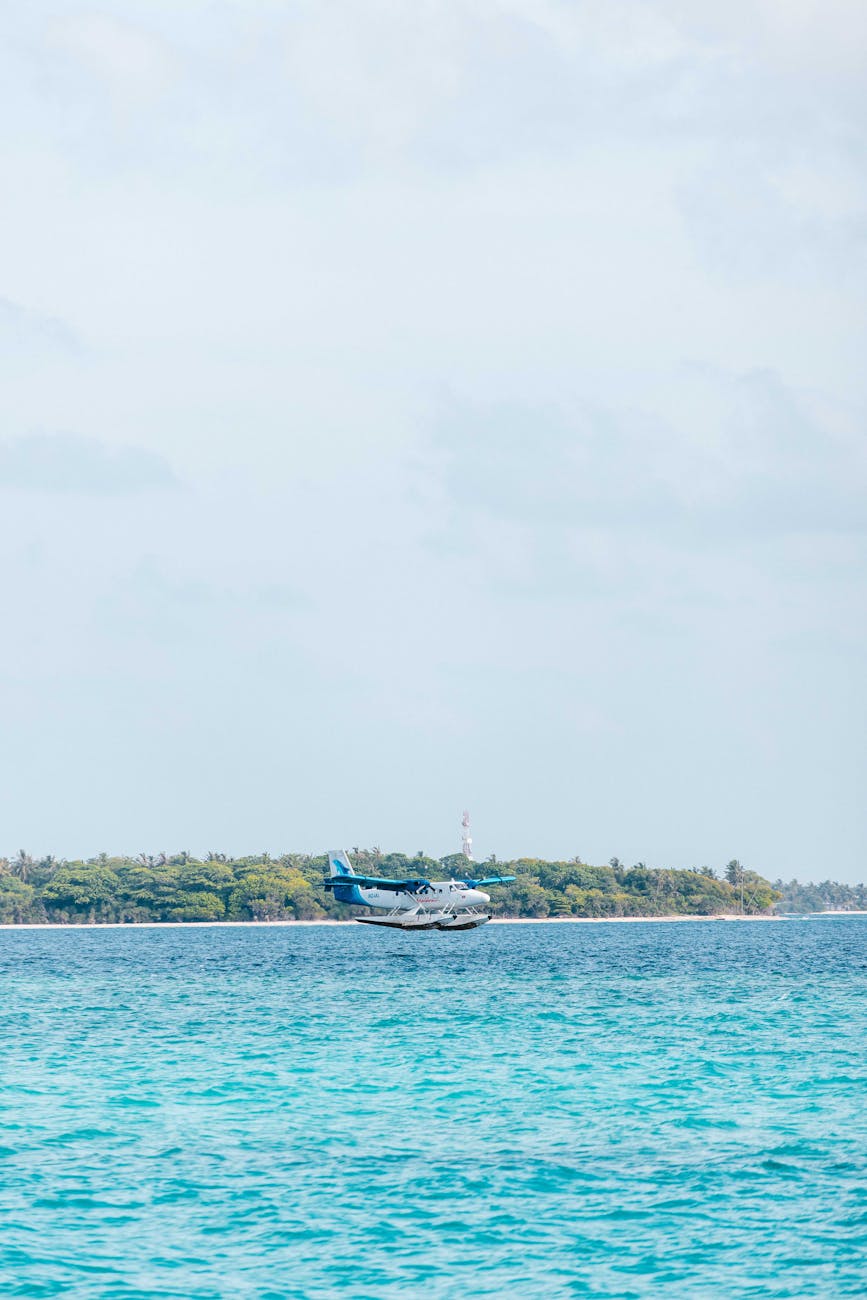Table of Contents
- Introduction
- Mastering the Art of Planning
- Lighting and Timing: The Perfect Union
- Finding Unique Angles
- Equipment Essentials for Captivating Shots
- Editing: Bringing Out the Best in Your Images
- Final Thoughts on Island Hopping Photography
- FAQs
Introduction
Have you ever looked at stunning photographs of idyllic islands and wondered how the photographer managed to capture that breathtaking essence? The secret lies not just in luck but in a combination of meticulous planning, an understanding of nature’s rhythms, and a keen eye for detail. This blog post dives deep into the art of island hopping photography, unraveling tips and tricks that will elevate your photographic game.
Exploring the alluring beauty of island landscapes brings a sense of adventure and excitement. This guide will equip you with insights that not only focus on technical aspects but also inspire creativity. So, let’s embark on this journey of transforming your island hopping experiences into unforgettable photographic masterpieces!
Mastering the Art of Planning
To begin with, effective planning can dramatically enhance your photography experience. Researching the islands ahead of your visit allows you to note potential shooting locations, environmental conditions, and local attractions. Utilize social media platforms and photography forums to gather contemporary insights or discover hidden gems that may not be on tourist maps. Creating a flexible shooting schedule, which accommodates different locations, can lead to diverse photo opportunities.
Equally important is the need to understand the local culture and natural elements. Each island has its own unique vibe; some may be vibrant and bustling, while others are serene and secluded. Make sure to immerse yourself in the surroundings; spend some time observing the rhythms of local life as well as the captivating natural beauty. This connection can spark creativity and help you anticipate perfect moments to capture stunning visuals.
Lighting and Timing: The Perfect Union
Never underestimate the importance of lighting in photography. Golden hour, those magical moments just after sunrise and just before sunset, can transform any scene into an ethereal masterpiece. Soft, warm light enhances textures and brings out vibrant colors that simply pop in photographs. Planning your shoots around these times can elevate your images from ordinary to extraordinary.
Additionally, don’t shy away from experimenting with weather conditions. Overcast days can provide even lighting and eliminate harsh shadows, perfect for capturing the subtle details of landscapes. Conversely, storms can lead to dramatic skies that add emotion to your shots. The key is to remain adaptable; sometimes the most stunning photographs are born from unexpected circumstances.
Finding Unique Angles
When shooting island scenery, creativity should be at the forefront. Challenge conventional perspectives by bending down low or climbing higher for fresh viewpoints. Utilize natural elements like trees, rocks, or cliffs to frame your subject, creating depth and intrigue in your images.
Moreover, play with compositional techniques, such as the rule of thirds, leading lines, and symmetry. These approaches guide the viewer’s eye and create balanced photographs. Embrace the journey of exploration—while traditional shots are often beautiful, unique perspectives can set your work apart from the rest. Capture what others might overlook; it’s that personal touch that transforms an average shot into a captivating story.
Equipment Essentials for Captivating Shots
While it’s true that a skilled eye trumps fancy equipment, having the right tools can significantly enhance your photography game. Begin with a quality camera; a DSLR or mirrorless option provides versatility, allowing for interchangeable lenses. Equip yourself with a zoom lens for distant subjects and a wide-angle lens for sweeping landscapes.
In addition, consider incorporating a sturdy tripod to capture long exposure shots, especially during sunsets or at night. A solid camera strap helps secure your equipment when hopping between islands, ensuring it stays safe and within reach at all times. Lastly, don’t overlook the power of filters; polarizing filters can enhance contrast and saturate colors, while ND filters enable stunning long exposure images. This gear can make a world of difference in achieving vibrant, professional results on your photographic adventure.
Editing: Bringing Out the Best in Your Images
Editing is where the magic truly happens, breathing life into your island photographs. Begin by selecting a reliable photo editing software; tools like Adobe Lightroom or Photoshop can work wonders. Start with basic adjustments like exposure, contrast, and color balance; these can quickly elevate the quality of your image.
Delve deeper into the artwork by cropping for improved composition or utilizing graduated filters to bring attention to specific areas. Don’t hesitate to enhance certain colors and textures, but strive for a natural feel that stays true to the original scene. Each photograph should tell a story; post-processing allows you to articulate that narrative and evoke emotions in your viewers.
Final Thoughts on Island Hopping Photography
Embracing the beauty of island hopping through photography is an exhilarating journey. It invites you to step outside your comfort zone, explore unique perspectives, and capture fleeting moments that many may overlook. By honing your skills in planning, lighting, angles, and editing, you’ll create photographs that not only impress others but also evoke fond memories of your adventures.
Transforming island hopping into a photographic canvas can be incredibly rewarding. As you experiment and refine your artistry, you’ll discover your unique style. So grab your camera and venture forth—each island is a new possibility waiting to be photographed!
FAQs
What is the best time of day for island photography?
Golden hour, which occurs just after sunrise and just before sunset, provides the best lighting for capturing stunning photographs. The warm light during these periods enhances colors and reduces harsh shadows.
Do I need professional equipment to take great photos?
While quality equipment can make a difference, the essence of photography lies in the photographer’s eye and creativity. Even smartphones today can capture stunning photographs with the proper techniques and editing.
How should I prepare for a photography trip to multiple islands?
Research the islands ahead of time to identify shooting locations, understand natural elements, and create a flexible schedule. Being adaptable and immersing yourself in the local culture can also lead to remarkable photo opportunities.
What are some effective editing tips for my island photos?
Start with basic adjustments like exposure and color balance, then work on composition through cropping if needed. Gradually enhance colors and textures while keeping a natural feel to bring your images to life.
How can I find unique angles for my shots?
Explore various viewpoints by changing your position—try getting low to the ground or climbing higher for different perspectives. Use natural elements to frame your subjects, and experiment with composition techniques to create engaging photographs.
Image Credit: Pexels





